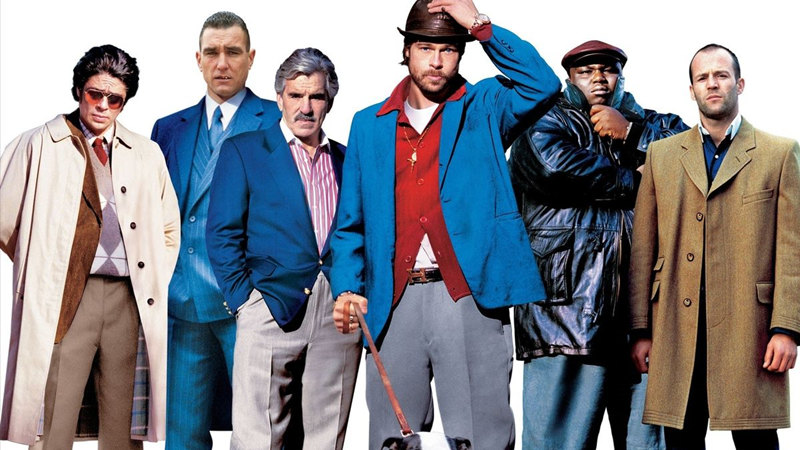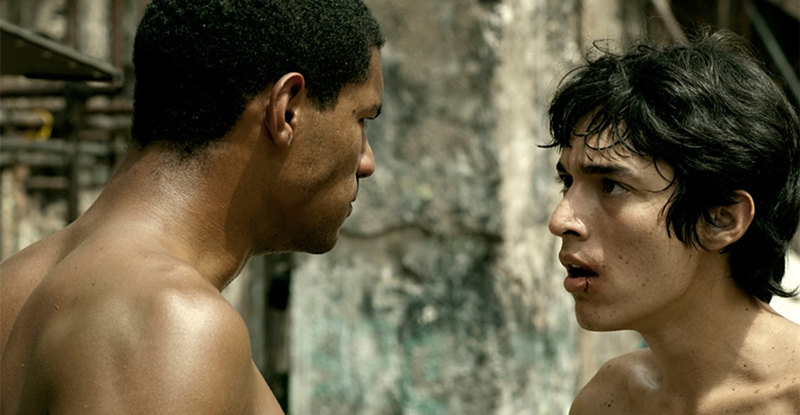Their names were the stuff of legend: Matilda the Hun, Mountain Fiji, Susie Spirit, Little Egypt, Ninotchka, Tina Ferrari, Hollywood, and, of course, Big… Bad… Mama! And just at their peak, the legend was cut short.
“The Gorgeous Ladies of Wrestling” (aka GLOW) debuted on television in 1986 with the humble mission of fusing two great American obsessions: gorgeous ladies and wrestling. The gorgeous ladies arrived in all shapes and sizes. Many were 20 year-old aspiring models and actresses who answered an ambiguous casting call and suddenly found themselves in the ring; some were not. Mountain Fiji, for example, was a plus-sized Olympic shotputter from American Samoa who also had an electric smile that made her an instant hit with both her fans and her co-stars. Fiji was one of the good girls. Her equally imposing counterpart, Big Bad Mama, was one of the bad girls. Their heated rivalry in the ring was undiluted by the fact that they were good friends and occasional roommates.
GLOW was the brainchild of David McLane and director Matt Cimber, the legendary auteur of ‘The Black 6” and “The Witch Who Came From the Sea.” McLane had the initial idea and wanted to run the entire show, but Cimber was brought in by the big money (financial tycoon and Pia Zadora spouse Meshulam Riklis) to streamline the commercial endeavor. The result was a variety show that combined wrestling matches of dubious quality with corny skits of even more dubious quality. The campy concatenation proved to a be a hit on college campuses and other American locales with a heavy concentration of drunk people. The ratings continued to soar, but in 1990 the show was abruptly canceled. Rumors abound as to why. The most pedestrian was that the show was only meant to be a tax write-off; the most interesting that Pia Zadora thought her hubby was spending too much time on the mat with the GLOW gals.
Some of the women were talented athletes, but the wrestling was never as important as the wrestlers themselves. The show was structured around characters, and “GLOW: The Story of the Gorgeous Ladies of Wrestling” (2012) proves that plenty of the women remain real characters more than twenty years later. Director Brett Whitcomb almost has an embarrassment of treasures from the lovely Hollywood (who continues to produce “private wrestling videos” for fans) to the magnificent Matilda the Hun, who does not let being wheelchair-bound diminish her status as a genuine bad-ass. We even meet the smart and funny duo who were versatile enough to portray both the scolding, cold cream-clad Housewives and Spike and Chainsaw, the Heavy Metal Sisters.
Mountain Fiji, now rehabilitating in a nursing home, is the documentary’s sentimental focal point, both to its benefit and detriment. You’ll be hard pressed not to fall in love with Emily Dole (to the best of my memory, the only wrestler identified by he real name), but the movie’s final act is devoted to a lengthy GLOW reunion staged mostly for Dole’s benefit and it feels an awful lot like time filler, no matter how much we all want to give Mountain Fiji a big hug.
The documentary only plays snippets from the show’s wrestling matches which feels like a bit of a cheat, especially when we’re teased in the opening by Fiji facing down Matilda the Hun in a Gestapo Match (anything goes). The show exhibited plenty of bad taste (Gestapo wasn’t the only Nazi reference), but also more than its share of moxie. The documentary sticks with a familiar combination of talking head interviews and clips and covers production details that bog down the proceedings, but it captures the sense of humor and achievement of “GLOW.” Life hasn’t turned out ideally for all of the former champions of the ring, but that’s true in any walk of life, and everybody interviewed agrees that “GLOW” was a memorable time that opened a few doors and yielded a unique set of shared memories that few entertainers can share.
Video:
The documentary is presented in a 1.78:1 anamorphic transfer from Docurama. The newly filmed interview footage all looks good. The clips vary in quality, but none are problematic.
Audio:
The Dolby Digital Stereo track provides clearly audible dialogue and shows no signs of distortion. There’s not much else to the audio design, so that’s good enough. No subtitles are provided.
Extras:
The film is accompanied by an audio commentary track featuring Smashing Pumpkin Billy Corgan (a wrestling fan, apparently) and GLOW wrestlers Matilda the Hun, Hollywood, and Little Egypt. Corgan basically acts as an interviewer, asking the wrestlers a series of questions and generally shaping the commentary which does not always follow what’s being shown in each scene.
This Docurama release packs a ton of Additional Scenes, 15 in total running approximately 84 minutes. The Additional Scenes included extended interviews with subjects from the film, a Q&A session from the United Film Festival, and some skits and rap videos from the original show.
Film Value:
Wrestling is boring, but wrestlers can be fantastic entertainers and magnetic personalities. “GLOW: The Story of the Gorgeous Ladies of Wrestling” has personalities aplenty. This affectionate, lively portrait should put a smile on anyone’s face. It made me feel nostalgic for a show I never watched, and that’s quite an accomplishment.


